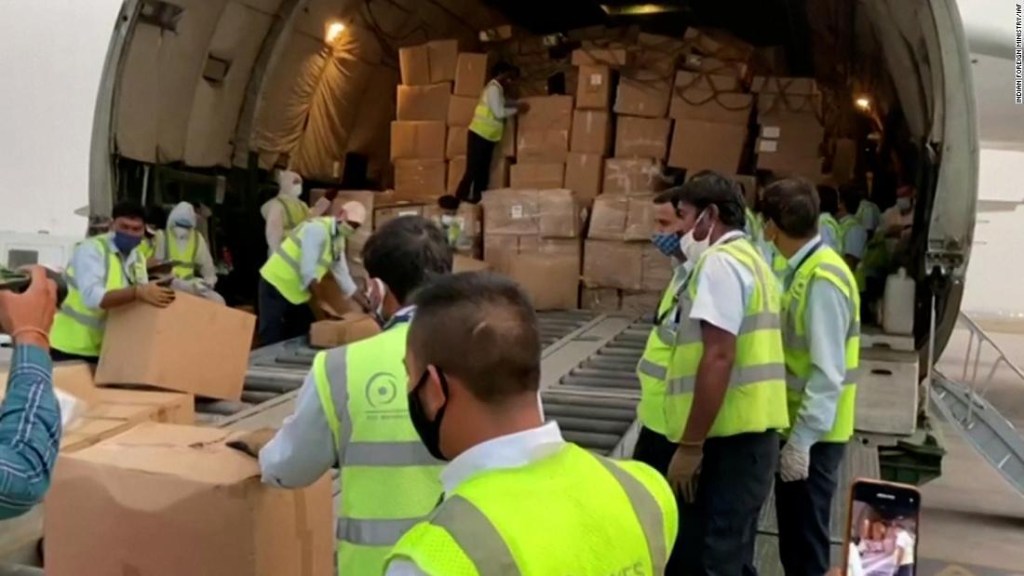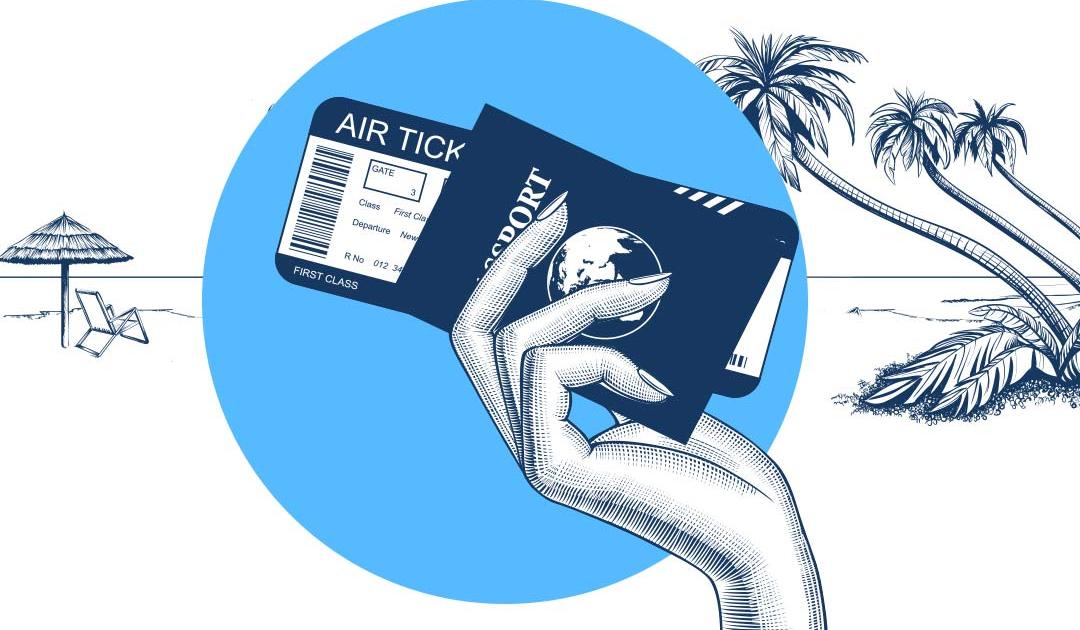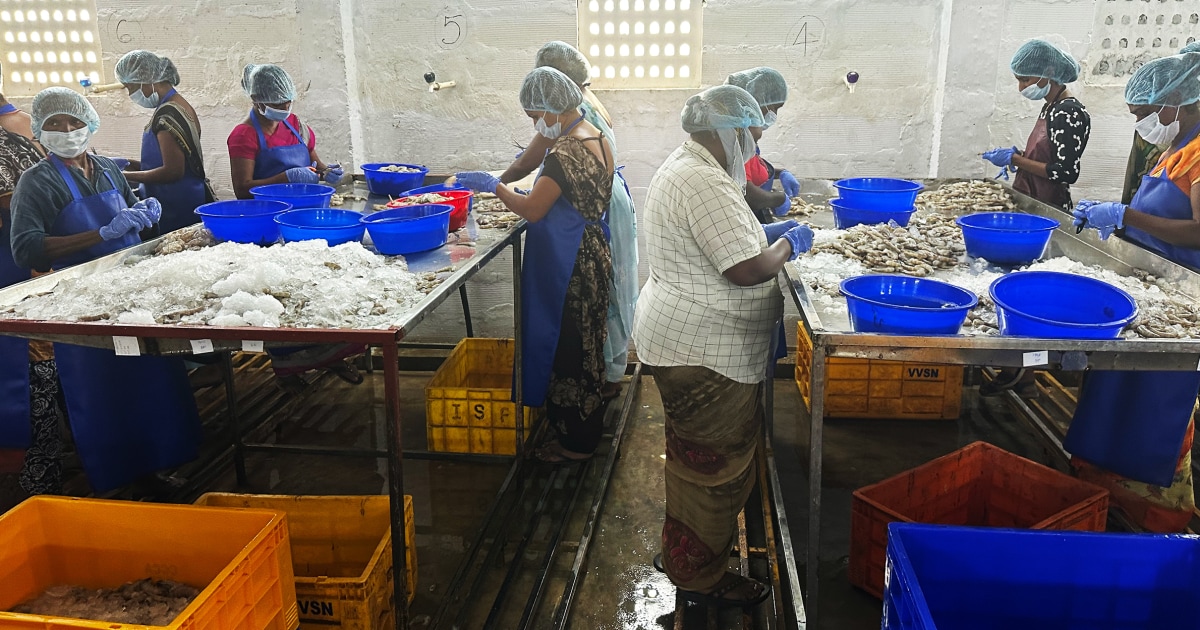The anguish of those affected by covid-19 in India 7:08
New Delhi (CNN) -
Last month, when the COVID-19 crisis in India surpassed the limit, dozens of countries pledged to provide critical aid.
Last week, planes loaded with ventilators, oxygen supplies and antiviral drugs began arriving, and photos show huge packages unloaded at the New Delhi airport.
There's just one problem: for many days, much of the cargo stayed in airport hangars while hospitals on the ground called for more supplies.
Medical workers and local officials continue to report the same devastating shortages that have strained the healthcare system for weeks, raising questions, even among foreign donors, about the destination of aid.
At a US State Department briefing on Friday, a journalist asked where US aid was, demanding "accountability for US taxpayer money," according to the session transcript. informative.
"Is anything being done to check how the aid we are sending is being distributed?" Asked the journalist.
A military plane with aid supplies from the United States arrives in New Delhi, India.
The Government of India strongly denied any delay Tuesday night, saying it had put in place an "efficient mechanism" to allocate aid.
About 4 million donated items, covering 24 categories, have already been distributed among 38 health centers throughout the country, according to the Ministry of Health, in a statement.
advertising
But on the ground, many state and local authorities say there has been little or no communication from the central government about how or when they would receive the aid.
"We sent delegations [to the Government] to release us [oxygen] supplies, drugs and the vaccination campaign, but they did not speak clearly to us from the Union Government," Raghu Sharma, Minister of Health of the Union, said on Tuesday. Rajasthan state.
"Regarding importation or foreign aid, no information or supply details have been shared with the state government."
The central government has "kept states in the dark during the pandemic," he added, calling for a "more transparent environment."
The Health Ministry said Tuesday that it had distributed aid to two Rajasthani hospitals, in the cities of Jodhpur and Jaipur.
There are several feasible reasons for the delay: unnecessary bureaucracy, human error, or a time-consuming protocol.
But for those on the ground, those possible explanations matter little;
all they want is for the government to act faster and deliver aid to its intensive care wards, where thousands of people die every day.
India reported 382,315 new cases of covid-19 and 3,780 deaths related to the disease on Wednesday, according to the Ministry of Health.
The country has already registered more than 20.6 million cases since the pandemic began.
The oxygen shortage is especially pronounced in the Delhi Union Territory, which does not produce its own oxygen and relies on the central government to send allocations from different manufacturers and states.
We need oxygen, claims a doctor in India 2:21
"It is the government's duty to provide us with oxygen," said Dr. SCL Gupta, director of Batra Hospital in the capital New Delhi.
At least 12 patients, including a doctor, died Saturday at Batra hospital after running out of oxygen.
Gupta said hospital staff spent the day telling authorities they only had a few hours of oxygen left;
towards the end, they had to rely on oxygen provided by the patients' families.
"Patients are dying in front of us," Gupta said.
"I'm sorry we can't save you."
A logistical nightmare
One of the distribution problems highlighted by the Indian media is simply that the Government did not have protocols in place prior to receiving aid, and had to quickly improvise allocation and coordination guidelines.
The government took seven days to create a mechanism to distribute the supplies to the states, the health ministry reported Tuesday in a press release.
They began work on the plan on April 26 and did not publish their Standard Operating Procedure (SOP), guidelines on how to distribute the aid, until May 2.
The statement does not indicate what day the aid distribution began.
In those seven days, more than 23,000 people died from covid-19.
Covid relief supplies from Thailand and the United Arab Emirates arrive in New Delhi, India, on April 29.
Even with the issued standard operating procedure, the distribution process is complex and can suffer further delays.
Once aid reaches India, it is received by the local Red Cross, which works closely with the Government.
The Red Cross collaborates with customs to approve the merchandise, according to the Ministry of Health, adding that customs "work 24 hours a day to expedite and dispatch the merchandise upon arrival."
Once dispatched, the items are delivered to the Ministry and to a government-owned manufacturer of sanitary products called HLL Lifecare, which is responsible for transporting the aid to its final destination.
However, the logistics are immense, since "materials from abroad currently arrive in different numbers and specifications and at different times," the Ministry explains in its statement on Tuesday.
Several problems can arise, he said: "In many cases," the type or number of relief supplies do not match the inventory list provided by the foreign donor.
Authorities have to waste precious time "to reconcile (the discrepancies) at the airport" while the aid is idle, according to the statement.
The authorities cannot proceed with the distribution until the documentation is updated with the correct data.
Foreign aid supplies being unloaded from planes at the airport in New Delhi, India, on April 29.
India is a huge country, with 1.3 billion people, and most of the foreign aid arrives by plane to New Delhi, which means that much of it has to be redistributed to distant states.
The Army has been deployed to assist in this process, and the Air Force brings supplies to various cities and also flies overseas.
Covid-19 variant identified in India - here's what you need to know
The Health Ministry said Tuesday that priority will be given to states with a high number of cases or those that are regional medical centers.
Donations also go to states with fewer resources or those in remote areas.
It's unclear how much aid is still being processed, but images of supplies finally arriving at their destination began to appear this week.
The Air Force transported the "first batch" of 450 oxygen cylinders from the United Kingdom to Chennai on Tuesday, according to the city's customs authority.
Meanwhile, 350 oxygen concentrators from Hong Kong will be sent to Bombay this Wednesday.
However, these supplies will provide only minimal relief.
As of Tuesday, Chennai had more than 32,000 active cases, while Bombay had more than 56,000.
Hospitals in both cities have so few resources and the situation is so dire that dozens of patients die.
Patients eagerly await oxygen
As the government struggles to get overdue aid to desperate states, it is also working to increase domestic oxygen production.
And at all times, federal authorities have claimed they have enough supplies to meet the demands of the states.
"The [daily] production of oxygen in the country was 5,700 metric tons (6,283 tons) on August 1, 2020, which has now increased to about 9,000 metric tons (9,920 tons)," said a spokesman for the Ministry of Health in a press conference this Monday.
Last month, the Ministry said it had 50,000 metric tons (55,115 tons) of oxygen surplus.
On Monday, the Ministry spokesman again stated: "There is enough oxygen available in the country."
A military plane with emergency aid arrives from the United States to New Delhi, India.
But desperate doctors, officials and patients tell a very different story.
In a hospital in Meerut, a city in Uttar Pradesh, a family worked tirelessly to care for their 55-year-old mother in the intensive care unit.
The family told CNN this week that they had been in the hospital for six days before getting a ventilator, and that they had to bring their own oxygen cylinder.
At one point, her vital signs began to drop dangerously;
her children were pumping her chest frantically, screaming and holding hands while family members wailed by the bedside.
A doctor was able to help stabilize the woman, but she later went into arrest again.
This time she couldn't be revived;
his body remained in the intensive care unit for almost an hour before being transferred.
The same scenes are taking place in almost every major city.
In New Delhi, the situation has deteriorated so much that the Supreme Court of India has ordered the central government to deal with the oxygen shortage before it ends on Monday.
Similar hearings have been held at the New Delhi High Court.
"Do you mean that we are going to close our eyes to the people who are dying in Delhi?" The court told the central government on Saturday, according to CNN affiliate CNN-News18.
"It's enough".
Some state authorities have also been criticized for their handling of the oxygen crisis.
A higher court in Uttar Pradesh demanded "immediate corrective measures", pointing to specific cases of death of patients due to oxygen shortages.
'The death of covid patients for failure to supply oxygen to hospitals is a criminal act and no less than genocide by those entrusted with the task of ensuring the continuous procurement and supply chain of medical oxygen liquid, ”the court said Tuesday.
India: world record for covid-19 cases and hospitals surpassed
The central government has responded by intensifying emergency measures.
Two of the five oxygen plants destined for hospitals in New Delhi will be in operation this Wednesday, according to the Ministry of Health on Twitter.
The government plans to install 500 plants across the country within three months, according to a ministry statement.
This week, some of these increased oxygen supplies are being shipped by rail to several hard-hit states, in what has been dubbed the "Oxygen Express."
But until these supplies arrive, whether from domestic plants or foreign donors, patients have no choice but to wait, terrified for their lives.
India








